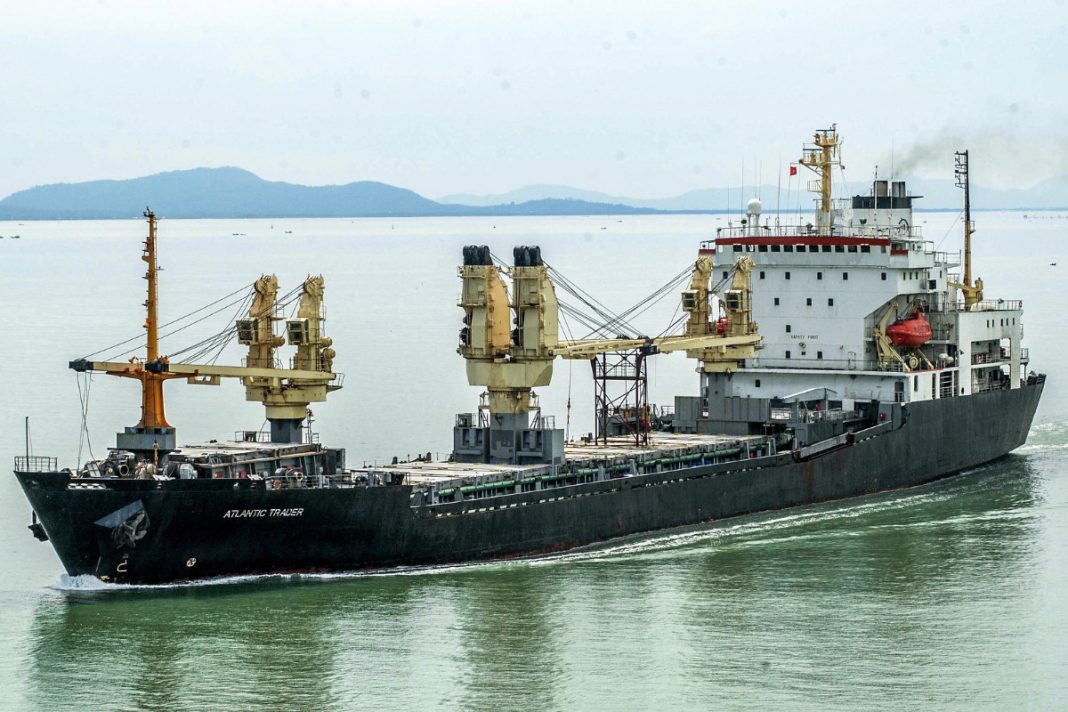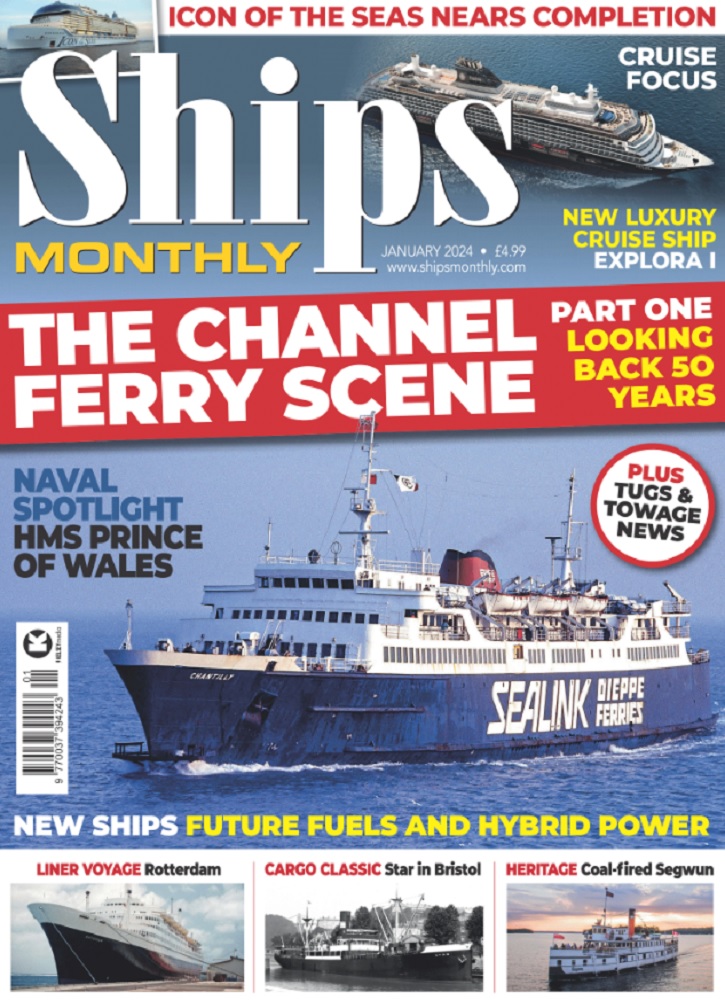Sponsored by ShipSpotting.
General cargo ships were completed with a wide variety of cargo-handling equipment in the 1980s, labelling them as ‘geared’ or ‘self-sufficient’, but the vessels illustrated here, most owned or built in the Eastern Bloc, have now all been scrapped.

The 1984-built Explorer (3,949gt) passing Rozenburg, Rotterdam, Netherlands. Built by YVC Slikkerveer in the Netherlands, she carried a variety of names: S D’Urville, Sofrana D’Urville, Ajax, Sofrana Bligh, Capitaine Bligh, Frisian Explorer and Samsun Express. Photographer: Henk Jungerius.

The Meridian II-type vessel Berlin Haupstadt Der DDR (10,970gt) at Hamburg. Built in 1980 by Nordic Yards Warnemünde, Rostock, Germany, the 9,270dwt ship later became Berlin, Unisol, Mira and Smyrna, but was deleted from registers by 2011. Photographer: Andreas Hoppe

The 13,691gt Chandidas in the Nieuwe Waterweg, Rotterdam, June 1989. One of five B343 type sisterships built by Poland’s Gdansk Shipyard for the state-controlled Shipping Corporation of India in the early 1980s, the five-crane vessel was Indian-flagged during her entire career, which ended in 2000 when she was broken up for scrap at Alang, India. Photographer: Henk Jungerius

The 13,404gt Volta River in the Mersey in 1984. Built by Hyundai Heavy Industries at Ulsan, South Korea in 1980 for the Black Star Line of Ghana, West Africa, the 16,663dwt ship, which was fitted with Hallen swinging derricks, later became Toledo and Express Hercules prior to undergoing demolition at Bombay, India in 2002. Photographer: Paul T

The 15,893gt Atlantic Trader (ex-Sverdlovsk, Are, Sea Admiral, Swan, NS Benefactor, and Eagle N) off Ho Chi Minh City, Saigon, Vietnam in June 2007. Built by Nordic Yards, Warnemünde, Rostock in 1986, and powered by a five-cylinder MAN/DMR diesel of 10,330bhp, the Astrakhan-type vessel made use of three twin-mounted deck cranes (centre mount retro-fitted) to serve four cargo holds and remained in service until 2012, when she was broken up at Alang, India by Unique Ship Breaking Co. Photographer: Ivan Meshkov
This feature was taken from the latest issue of Ships Monthly. For more features like this, subscribe here.
Sign up for Ships Monthly’s FREE e-newsletter here.


